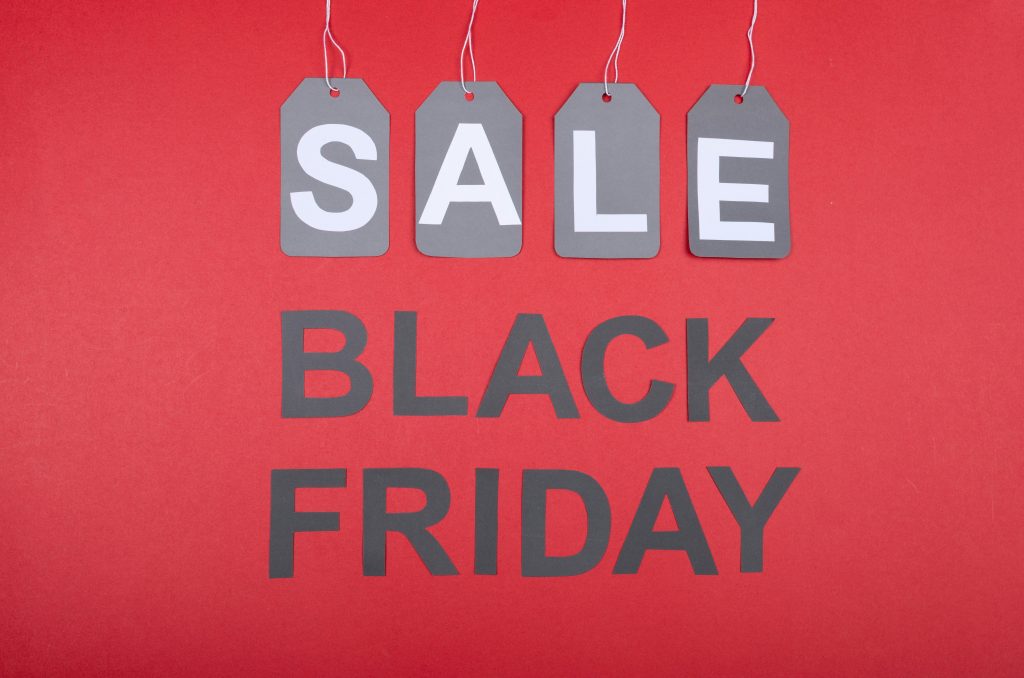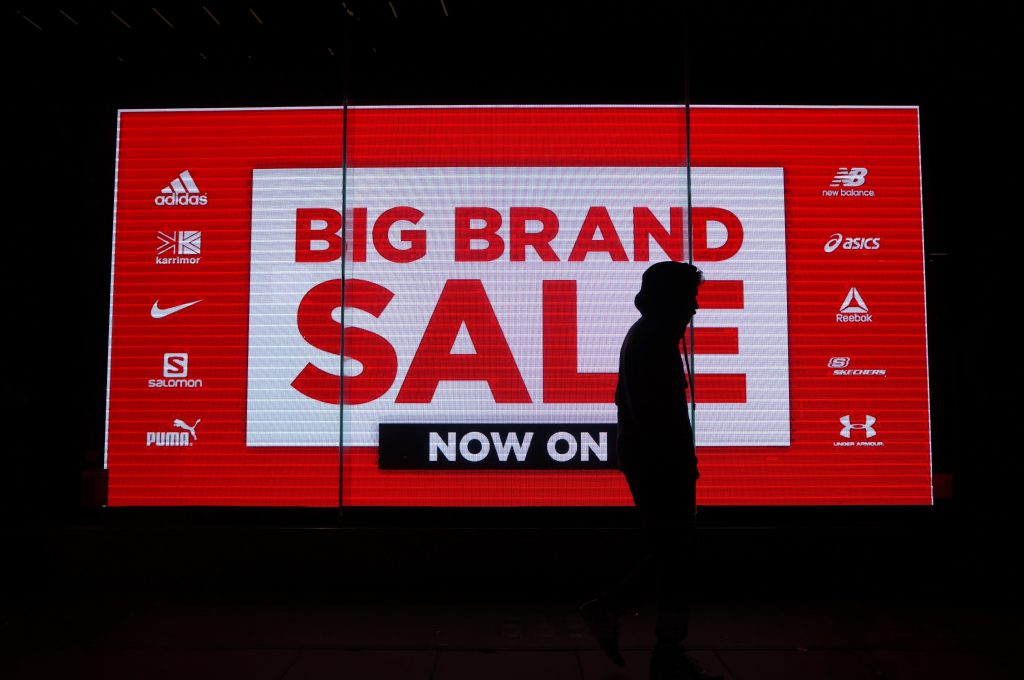Black Friday, once a cornerstone of American consumer culture and a boon for retailers, appears to be losing its luster. This retail phenomenon known for its door-busting deals and frenzied shoppers has shown signs of decline in recent years. Are consumers losing interest in Black Friday? Let’s explore the shifting trends and potential reasons behind this change.
A Brief History of Black Friday

To understand the decline, it’s essential to revisit the origins of Black Friday. The term “Black Friday” was first coined in the 1960s in Philadelphia, used to describe the heavy and disruptive pedestrian and vehicle traffic that occurred the day after Thanksgiving. The day marked the unofficial start of the holiday shopping season, with stores offering significant discounts to lure shoppers.
By the 1980s, the term had gained national recognition. Retailers began to propagate the myth that Black Friday was named so because it was the day they finally turned a profit, moving from “the red” into “the black.” This narrative only added to the day’s appeal, giving consumers the impression that the best deals of the year were to be had on this day.
The Peak of Black Friday
In the late 2000s, Black Friday reached a fever pitch. Stores began opening their doors earlier each year, with some eventually opening on Thanksgiving Day itself. Consumers responded by lining up for hours, sometimes days, to snag limited “doorbuster” deals. The media coverage of Black Friday often showed packed malls and stories of shopper confrontations, further solidifying the day as a retail spectacle.
Early Signs of Decline
However, the infamy of Black Friday started showing cracks as the years progressed. There were several indicators of its waning appeal:
The Rise of E-commerce
Online shopping giants like Amazon and eBay made it possible for consumers to find deals without leaving their homes. Consumers gradually shifted their purchases online, drawn by the convenience and the broader selection of deals not limited to a single day.
The Proliferation of Deals
Retailers, aiming to outdo their competition, extended the length of Black Friday deals. “Black Friday” sales began appearing days, even weeks before the actual day. Some retailers even started offering “pre-Black Friday” deals, diluting the exclusivity and urgency that once made the event unique.
Consumer Fatigue

There has been growing disdain for the commercialism associated with Black Friday, with many people expressing frustration over the holiday shopping frenzy. This sentiment, coupled with growing awareness of the environmental and social impact of overconsumption, has led to a more conscientious consumer mindset.
Market Saturation
With almost every retailer offering some sort of Black Friday promotion, the market has become saturated. Thus, the impact of deep discounts on consumer behavior lessened, as there was little differentiation in the deals offered from one retailer to another.
The Numbers Tell the Tale
Statistical evidence underscores the changing sentiments towards Black Friday. According to a 2019 survey by PwC, only 36% of respondents planned to do their holiday shopping during Black Friday weekend, a decrease from previous years. Additionally, Adobe Analytics data reported that in 2020, Black Friday online sales hit a new record with $9 billion in the US. While this shows a shift to online spending, the increase was in line with the overall trend in e-commerce growth and not specific to Black Friday.
Moreover, the COVID-19 pandemic brought further challenges to traditional Black Friday shopping, as health risks associated with crowded physical stores led more people to shop online.
The Future of Black Friday
Black Friday is at a crossroads, and its future as a singular shopping event is uncertain. Some experts argue that it will continue to evolve, transitioning into a more prolonged holiday season with less emphasis on one-day sales. As consumers prioritize convenience, personal wellbeing, and social responsibility, retailers may need to reinvent their strategies, focusing on sustainability, shopping experiences, and personalized online deals.
Nevertheless, Black Friday isn’t extinct. There are still many consumers who partake in the tradition, whether out of habit or for the thrill of the chase. What seems evident, however, is that the old paradigm of Black Friday is shifting to meet new consumer needs and habits.
The once heralded Black Friday is undoubtedly experiencing a decline in its traditional sense. While sales figures, especially online, remain robust, the cultural significance and consumer behavior around Black Friday have shifted significantly. This change reflects broader retail trends and evolving shopper priorities.
As we delve into the future of retail and consumerism, it is imperative to stay informed and adapt to these shifting patterns. For those interested in exploring more about the evolution of retail trends and consumer behavior, we invite you to visit ‘Halfofthe’ for insightful analysis and thought-provoking discussions on these critical topics.



